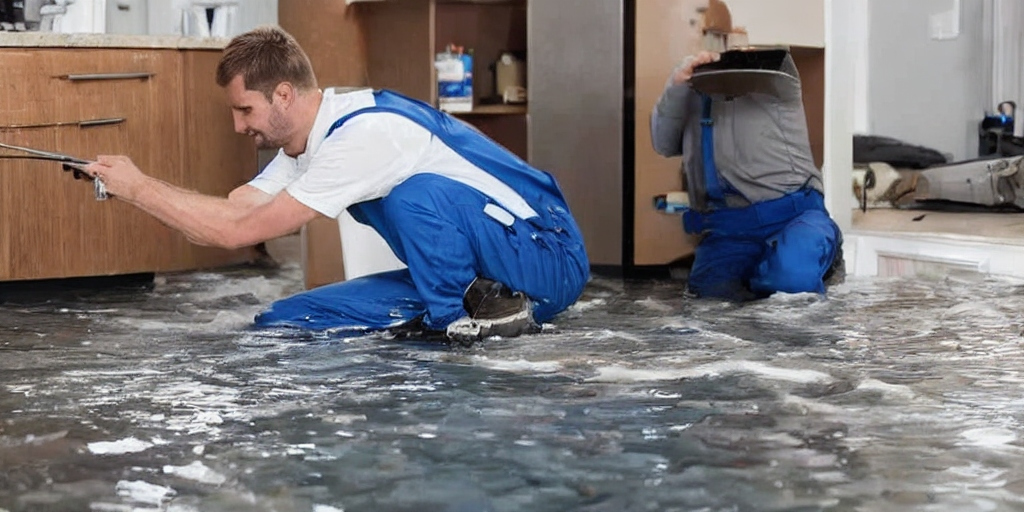Water damage can be a homeowner’s worst nightmare, wreaking havoc on property and possessions alike. Whether it’s a burst pipe, flooding from heavy rain, or a malfunctioning appliance, the aftermath of water damage requires swift action to minimize the impact and restore the affected area. In such situations, water clean up and restoration services play a crucial role in salvaging your home and belongings.
What is Water Restoration?
Water restoration involves the process of cleaning, drying, and restoring property and belongings affected by water damage. It encompasses a range of services aimed at mitigating the damage caused by water and preventing further deterioration of the property. The primary goal of water restoration is to return the affected area to its pre-damage condition as quickly and efficiently as possible.
Also Read: Comprehensive Guide to Water Clean Up and Restoration: Everything You Need to Know
SERVPRO: Your Trusted Partner in Water Damage Clean Up
When faced with water damage, homeowners often turn to professional restoration companies like SERVPRO for assistance. Specializing in disaster recovery and restoration services, SERVPRO is renowned for its expertise in handling water damage situations of all magnitudes. From assessing the extent of the damage to implementing effective water clean up and restoration strategies, SERVPRO technicians are equipped with the knowledge and tools necessary to restore your home to its former glory.
How to Clean Up After Water Damage

The process of cleaning up after water damage requires a systematic approach to ensure thorough removal of water and moisture from the affected area. Here are the steps involved in water damage clean up:
- Assessment: The first step is to assess the extent of the damage and identify the source of the water intrusion. This helps determine the appropriate course of action for water clean up and restoration.
- Water Extraction: Using specialized equipment such as pumps and vacuums, water is extracted from the affected area to prevent further saturation of surfaces and materials.
- Drying: Once the excess water has been removed, the drying process begins. Industrial-grade dehumidifiers and air movers are used to accelerate evaporation and dry out the space effectively.
- Cleaning and Sanitizing: Surfaces and belongings affected by water damage are thoroughly cleaned and sanitized to prevent mold growth and bacterial contamination.
- Restoration: The final step involves restoring the damaged property to its pre-damage condition. This may include repairs to structural elements, replacement of damaged materials, and restoration of furnishings and belongings.
Understanding Water Restoration
When professionals talk about water restoration, they’re referring to the comprehensive process of cleaning up and restoring a property after water damage occurs. This involves not only removing water and drying out the affected area but also addressing any structural damage and restoring the property to its pre-loss condition. Water restoration encompasses a range of services aimed at minimizing the long-term impact of water damage and restoring the affected property to a habitable condition.
Also Read: Top Companies That Repair Water Damage: A Comprehensive Guide
Conclusion
In the aftermath of water damage, swift action is crucial to mitigate the impact and prevent further deterioration of your property. Professional water clean up and restoration services, such as those offered by SERVPRO, can make all the difference in salvaging your home and belongings. By understanding the process of water damage clean up and restoration, homeowners can take proactive steps to minimize damage and expedite the restoration process. Remember, when it comes to water damage, every minute counts, so don’t hesitate to seek professional assistance to restore your home to its former glory.










